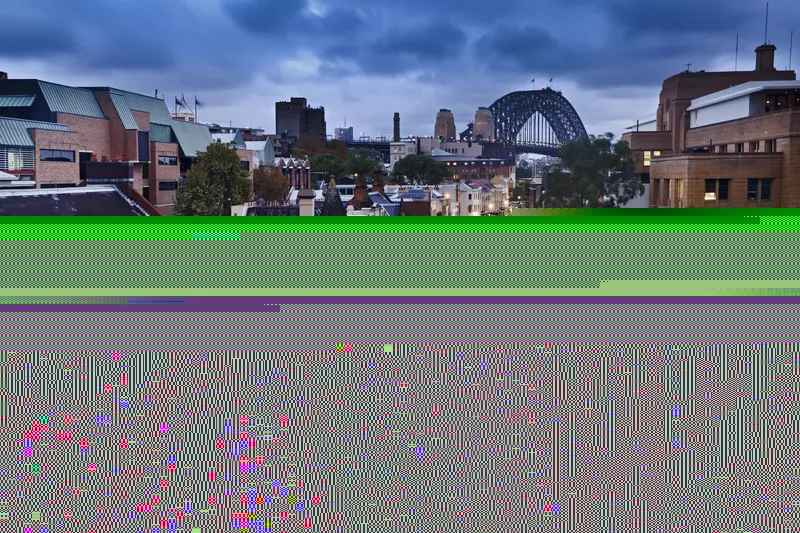Secretary for Transport Martin Matthews today launched an intelligent transport systems technology Action Plan that will help make transport safer and more efficient in New Zealand. The plan identifies what is needed in New Zealand for advancing the introduction of intelligent transport systems technologies.
Intelligent transport systems use technologies such as sensors, computing and communications in vehicles and in transport infrastructure such as roads; and include such things as traffic control syst
June 19, 2014
Read time: 2 mins
Secretary for Transport Martin Matthews today launched an intelligent transport systems technology Action Plan that will help make transport safer and more efficient in New Zealand. The plan identifies what is needed in New Zealand for advancing the introduction of intelligent transport systems technologies.
Intelligent transport systems use technologies such as sensors, computing and communications in vehicles and in transport infrastructure such as roads; and include such things as traffic control systems, advanced driver assistance, vehicle monitoring and integrated electronic ticketing.
Matthews explained that the plan takes a high-level, multi-agency approach to the introduction of new intelligent transport systems, which are becoming integral to transport in New Zealand and around the world.
“Intelligent transport systems could transform all forms of transport in coming decades,” he said. “Many technologies such as driverless cars, and the capacity for vehicles to platoon (drive closely together like train carriages by being connected electronically) are already being trialled in other countries. These sorts of technologies have the potential to fundamentally change how our transport systems work – while making them safer, more effective and more efficient.
“We are likely to see many new and exciting transport systems in the future. Some may even be transformational. For example, vehicles of the future may be so well equipped they are almost impossible to crash. We want to make sure New Zealand is able to take advantage of these technologies and reap their benefits as soon possible.”
Intelligent transport systems use technologies such as sensors, computing and communications in vehicles and in transport infrastructure such as roads; and include such things as traffic control systems, advanced driver assistance, vehicle monitoring and integrated electronic ticketing.
Matthews explained that the plan takes a high-level, multi-agency approach to the introduction of new intelligent transport systems, which are becoming integral to transport in New Zealand and around the world.
“Intelligent transport systems could transform all forms of transport in coming decades,” he said. “Many technologies such as driverless cars, and the capacity for vehicles to platoon (drive closely together like train carriages by being connected electronically) are already being trialled in other countries. These sorts of technologies have the potential to fundamentally change how our transport systems work – while making them safer, more effective and more efficient.
“We are likely to see many new and exciting transport systems in the future. Some may even be transformational. For example, vehicles of the future may be so well equipped they are almost impossible to crash. We want to make sure New Zealand is able to take advantage of these technologies and reap their benefits as soon possible.”










